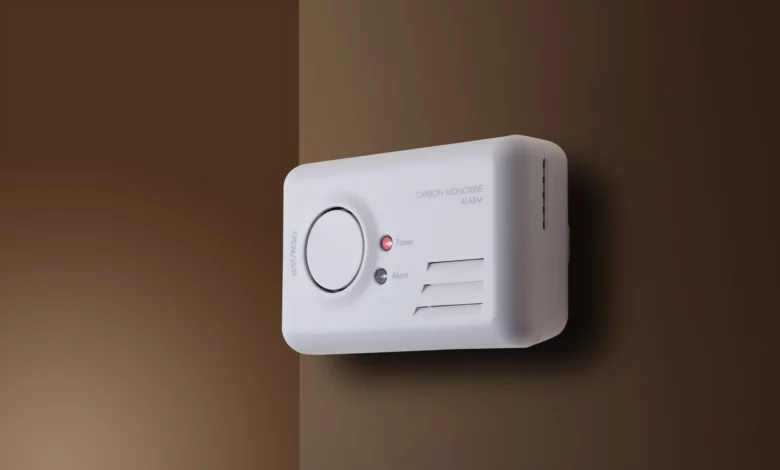How Do Natural Gas Detectors Work?

Are you considering getting a natural gas detector to make your home safer? Before you select one, you must understand first how natural gas detectors work.
Natural gas may provide your home with warmth and comfort, but if there is too much of it, you and your loved ones may not have any heat or comfort and may suffer from deadly consequences.
Want to know more? Then keep reading to learn about gas detectors and how they work.
The Mechanics of a Natural Gas Detector
Natural gas detectors use sensitive sensors that detect the presence of combustible gases, most methane or natural gas, in the atmosphere. It triggers an alarm if the gas concentration (measured in percent of the Lower Explosive Limit – LEL) exceeds the preset limit.
The detectors also have an alarm response time. This depends on the gas concentration and volume. 10-30 seconds is the usual standard response time for a natural gas detector.
When it triggers the alarm, an LED light turns on and emits an audible sound. In higher gas concentrations, the natural gas detector activates shutoff valves to reduce or cut the risk of fire or explosion.
Technological Advantages of Natural Gas Detectors
The technology behind natural gas detectors is advantageous. It allows the user to identify a dangerous emission and respond more quickly.
This offers peace of mind for both homeowners and businesses, as they are able to detect immediately and take necessary precautions. They are one of the most important tools in the household to prevent gas explosions.
Moreover, many natural gas detectors have Bluetooth and infrared technology. This allows homeowners to check gas levels at any time from anywhere.
Another advantage of gas detectors is their integration with home automation systems. This gives homeowners the ability to customize and adjust their settings.
Installing and Maintaining Natural Gas Detectors
Installing and maintaining these devices is an essential task. It requires a proper understanding of the detector system and the environment.
Gas detectors come in two forms; combustible gas detectors and toxic gas detectors. Combustible gas detectors can detect the presence of chemical gases. Meanwhile, toxic gas detectors can detect the concentrations of specific types of dangerous gases, such as carbon monoxide.
Installation usually involves understanding the following;
- What gas needs detection
- The concentration levels
- The location and size of the facility
- The type of detection system best suited for the situation
Proper maintenance of these detectors requires periodic checks and calibration for correct functioning. If calibration is necessary, look for a calibration gas available for sale online or in a store near you.
Explore Natural Gas Detectors Today
Natural gas detectors are invaluable in detecting gas leaks and averting disasters. They are simple to install and monitor.
By taking proactive safety measures, such as installing a natural gas detector, you can ensure the safety of your home, family, and property.
Don’t delay! Do the responsible thing today and explore natural gas detectors – you won’t regret it.
Did you find this article helpful? If so, check out our other articles on our blog for more informative content.




